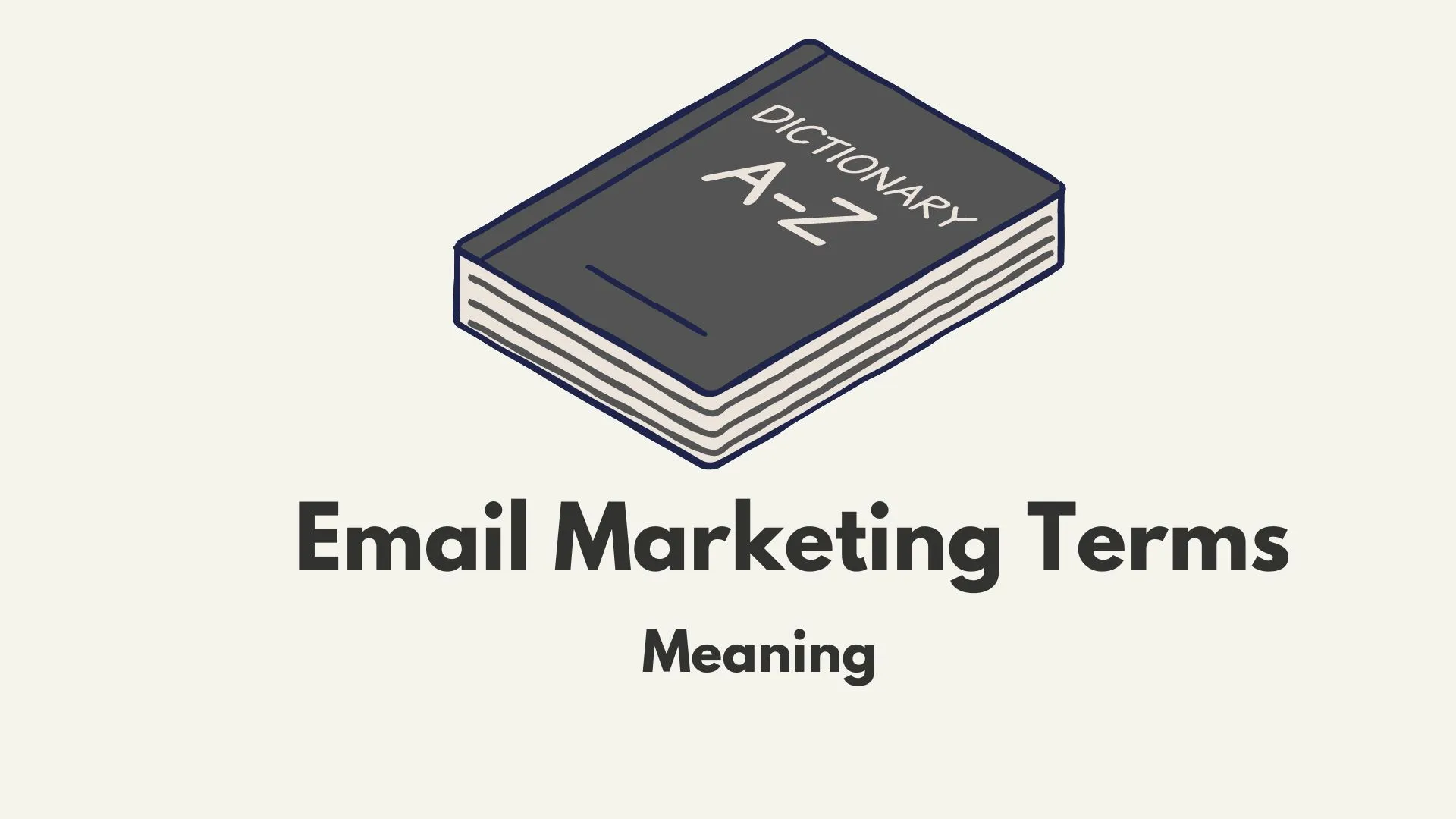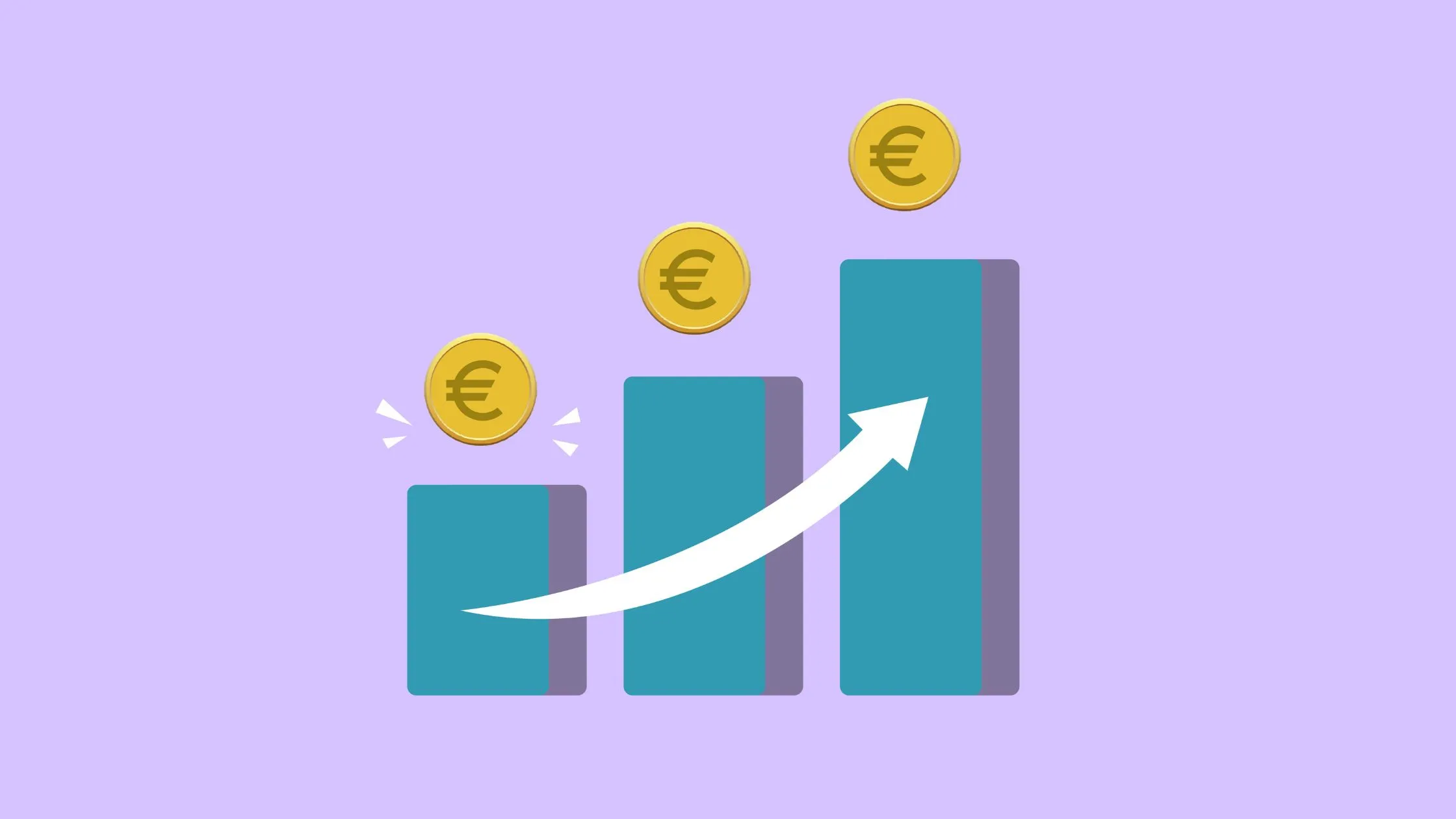Email Marketing Terms Defined in Simple Words
Learn the meaning of commonly used email marketing terms by email service providers, marketers and developers. We have provided a definition of each term accompanied by a practical example for easy understanding.

The email marketing terms below have been defined in simple words to make it easy for both professionals and beginners to understand.
1. Newsletter
This is an email update sent to email subscribers. Can be daily, weekly, or monthly. Example: Weekly newsletter of the latest email marketing software releases.
2. A/B Testing
This is the method of comparing two versions of an email to see which one performs better. Example: Sending two versions of an email with different subject lines (“Latest Emails News or Latest Email Updates) to see which one gets a higher open rate.
3. Authentication
This is the process of verifying the sender’s identity to ensure emails are sent from a legitimate source. Some of the techniques of email authentication include creating SPF, DKIM, and DMARC records in your domain hosting zone. Example: If an email is sent from, emailtidings.com using the email justin@emailtidings.com, email providers like Gmail, Outlook, Yahoo, etc use SPF and DKIM records to check whether it was sent from the email domain (emailtidings.com).
4. SPF (Sender Policy Framework)
In simple terms, SPF records are used to check which IP address emails should be sent from. Emails sent from an IP address or domain using your email without your email’s SPF records will be considered spam or fake by the receiving server or email service provider like Gmail. Example: If you have a Google Workspace email like justin@emailtdings.com, you need to add SPF records provided by Google Workspace to your domain zone in order to send emails from that domain using justin@emailtdings.com.
5. DKIM (DomainKeys Identified Mail)
In simple terms, DKIM is an email authentication method that involves adding keys provided by your email or SMTP service provider to your domain hosting zones to verify that you own the domain and email where emails are sent from. The added keys will generate a digital signature that will be used by the receiving email server to validate that the email originated from your domain. Example: If you send an email from emailtidings.com using support@emailtidings.com to example@gmail.com, the Gmail server will use generated signature to verify that the email was sent from emailtidings.com.
6. DMARC
This adds an additional layer of verification that checks if the email passes both SPF and DKIM authentication policies.
7. Automation
This is the sending of targeted emails to subscribers based on predefined triggers or actions. Example: Sending a welcome email immediately after someone signs up or sending related products email once a user makes a purchase. Other automation actions include sending emails when a subscriber clicks a link, when it’s a subscriber’s birthday, when a subscriber remains active for a long time, etc.
8. Autoresponder
This is an automated series of emails sent in response to specific triggers or schedules. It is almost similar to email automation. Example: Automatically sending a thank you message when a subscriber confirms their email.
9. Bounce Rate
This is the percentage of emails that could not be delivered to the recipient’s inbox due to various reasons like invalid email address or full mailboxes. A hard bounce implies the email does not exist, while a soft bounce means there are temporary issues that led to the email not being delivered. For instance, full inbox. Bounce rate is calculated by multiplying the total number of bounced emails by 100 and then dividing the result with the total number of emails sent. Example: If you sent 1000 emails and 20 emails bounced then (20 x 100) / 1000 = 2%. Bounce rate is 2%. Most email service providers require that you keep bounce rate below 5%.
10. Bulk Email
This is the sending of a large number of emails at once, usually to a large subscriber list. Example: Sending emails to one million subscribers.
11. Click-through Rate
This is the percentage of unique subscribers who clicked on a link within an email. Example: If you sent 1000 subscribers and 20 subscribers clicked on the link in the emails then the click-through rate is (20 x 100) / 1000 = 2%. Your click-through rate is 2%. Repeated clicking of links by one subscriber does not increase the click-through rate.
12. Cold Email
These are emails sent to recipients who have not subscribed or opted into the email list. Most cold email lists are collected using email scraping software. You should be aware of new email authentication rules and privacy laws like GDPR that have been introduced to address this practice. Example: sending marketing emails to emails collected from website contact forms.
13. Customer Journey
This is a journey a customer goes through after subscribing. Email marketing tools like Mailchimp and Convertkit have features to create customer journey automation triggers. Example: You can create a customer journey that works this way: User subscribes (wait for one hour and send welcome email) >> User reads welcome email (wait for 24 hours and send product discount code) >>> user purchases a product (delay for 3 days and send related products), etc.
14. CRM (Customer Relationship Management)
This is a platform or software that is used to manage customer interactions. Example: Salesforce Sales, SAP CRM, Oracle CRM, Freshsales, etc.
15. Deliverability
This the ability of email to reach the recipient’s inbox. Emails that go to the spam inbox or bounce are considered to have not been successfully delivered.
16. Double Opt-in
This involves a subscriber confirming their email address by clicking a verification link sent to their email before being added to an email list. Example: John subscribes to the EmailTidings email list using john@gmail.com. John has to click on the email confirmation link sent to their email before being added to the email list. Failure to confirm email means John will not be receiving EmailTidings email updates.
17. Email List
This is a list of email subscribers or contacts. Email List is built through users subscribing or opting in organically or automatically through lead tools.
18. Email Recipient
This is the person who receives an email. In email marketing, the terms email recipients and subscribers have the same meaning. Example: If John sends an email to Mary, then John is the sender while Mary is the email recipient.
19. Email Template
These are pre-designed layouts used for sending email content. They are usually in HTML format. Most advanced email marketing platforms like Mailchimp, Aweber, etc have drag-and-drop email newsletter editors.
20. Email Validation
This is the process of verifying the validity of email addresses. Subscribers can at times enter non-existent or incorrect email addresses in subscription forms. You therefore need to verify if the email is valid using email validation tools. Example: john@gmail.co is an invalid email because “gmail.co” domain does not exist. Probably the subscriber wanted to type john@gmail.com and forgot to add the “M” at the end. Email validation tools can identify this error.
21. Lead Magnet
In simple terms, a Lead Magnet can be defined as an enticement or bait that is offered to potential subscribers in order for them to join your email list. Example: Asking users to enter their email to download a premium ebook for free. The lead magnet is the book and in the end, you will gain a subscriber.
22. Open Rate
This is the percentage of email subscribers or recipients who opened your email. The email open rate is calculated by multiplying the total number of opened emails by 100 and then dividing the result by the total number of emails sent. Example: If you sent 1000 emails and 20 subscribers opened the emails then (20 x 100) / 1000 = 2%. Your email open rate is 2%.
23. Opt-in
This is the process of collecting email subscribers organically. Users have to voluntarily subscribe to join your email list.
24. Opt-out
This means unsubscribing. Marketing regulations require that you provide an easy way for users to opt out of your email list.
25. PHPMailer
This is an open-source Email Marketing PHP library that is used to facilitate sending of emails. PHPMailer is not an SMTP or email service provider. It only makes it easy and secure for your emails to be delivered.
26. Segmentation
This is the categorization of an email list according to target groups based on criteria like interests, location, topic, active, inactive, customer, language, etc.
27. SMTP (Simple Mail Transfer Protocol)
This is a route (protocol) that is used to transport emails from the sender email server to the receiver email server. Example: john@gmail.com sends an email to jane@yahoo.com. The email leaves the Gmail server and is transported to the Yahoo server using SMTP.
28. Subscribers
These are users who opted in to receive emails from you. A list of subscribers is called an email list.
29. Subscription Form
This is a form that is used to collect the email addresses of subscribers. HTML Subscription forms are normally added below pages or posts.
30. Transactional Emails
These are emails that are sent for non-marketing purposes. Most transactional emails are not required by law to have opt-out options. Example: Order complete email, account registration email, password reset email, subscription export email.
We also have a list of top cheapest email marketing tools that you can sort price, feature or usage.


